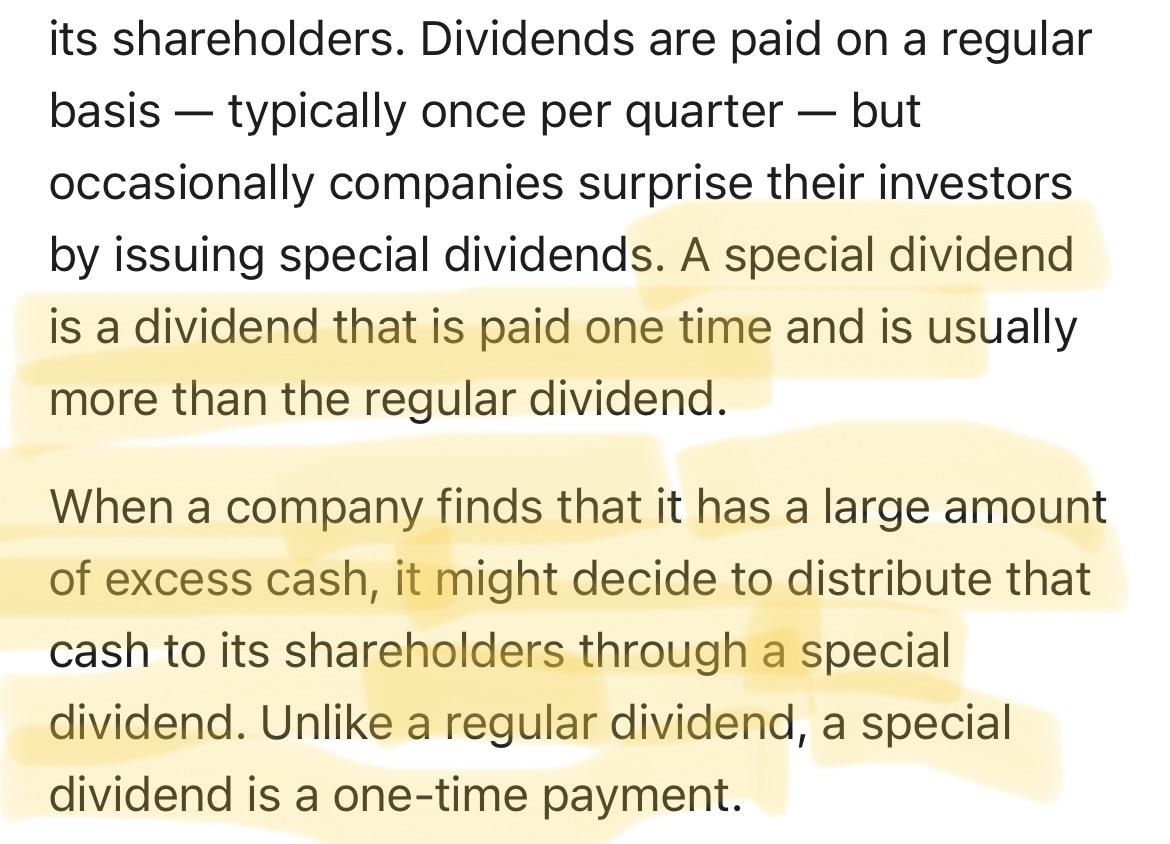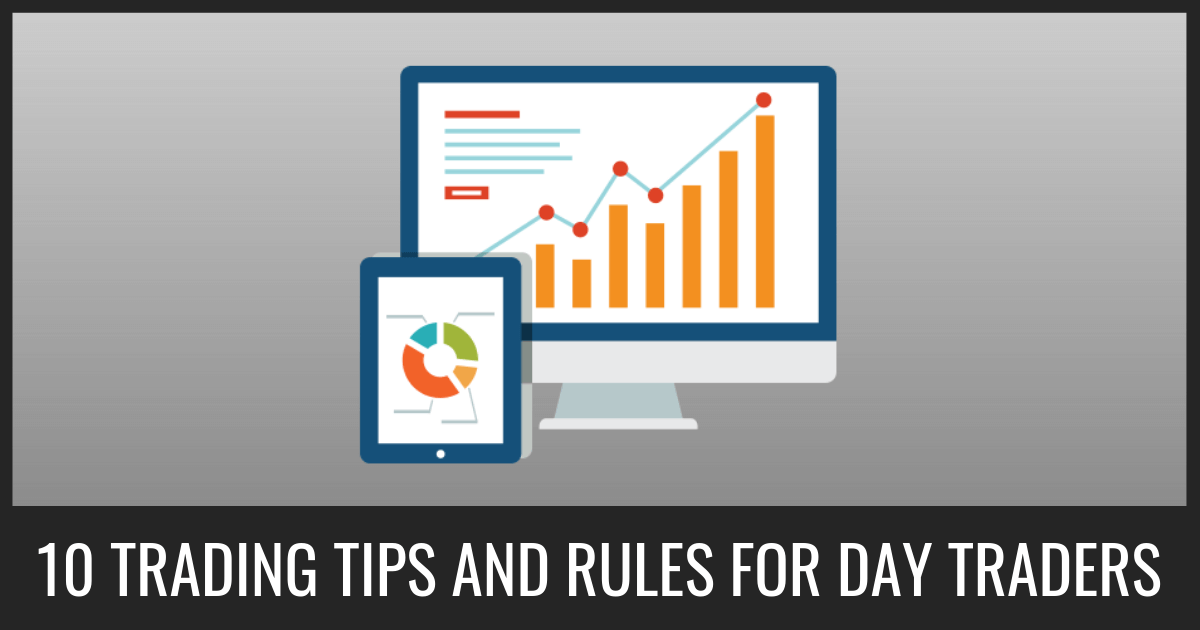
Investors use AFFO to calculate the profitability of a reit. This measure measures the real estate investment’s income and expenses. It is calculated subtracting capital expenditures from interest income that REITs may incur on their properties. It also calculates a REIT's dividend-paying capacity. It is non GAAP and should not be used alone to determine a REIT’s overall performance.
AFFO measures a REIT's cash production more accurately than net income. However, AFFO is not meant to replace free cash flow. It should also be used to determine the growth potential a REIT. It can also be used to measure a REIT's ability to pay dividends. The AFFO payout ratio (AFRO), is 100 percent. This ratio is calculated when the average AFFO yield is subtracted from the amount of AFFO that was generated during a given period. This ratio is calculated by dividing the average AFFO yield by the average yield of all REITs in the period.

FFO, the most popular valuation measure for REITs, is used most often. It is a nonGAAP financial measure which shows the REIT’s liquidity generation. It can be found on the REIT’s income statements or cash flow statements. FFO does not include amortization or depreciation. FFO does not include gains or losses from the sale depreciable property, and any one-time expenses. It also includes adjustments made for unconsolidated partnership and joint ventures.
FFO is an excellent measure of a REIT’s cash generation, however it does not provide a complete picture of the REIT’s cash flow. A REIT's net income is calculated by subtracting the cost of depreciation, amortization, and other non-cash charges from the income reported in the income statement. This figure is typically listed in the footnotes. It can either be calculated on a pershare basis or as an indicator of the REIT’s market capitalization.
The average FFO/price ratio fell to 17.3 in Q1 2016, from 19.7 during the first half of 2015, and 22 during the second quarter 2015. REITs in the 1Q15 first quartile gave a 10-percentagepoint premium to the constrained portfolio. All quartiles however exceeded the REIT Index. Over the longer term, this gap narrowed moderately. A close look at the properties owned by a specific REIT will provide a more accurate assessment of the company's performance.
FFO can then be calculated on a per/share, per/quarter or per/year basis. FFO is used by most REITs to compensate for their cost accounting methods. FFO per share is also used by some companies to supplement EPS. You can find more information by looking at the income statement for a particular REIT.

FFO (Financial Freedom Objective) and AFFO (Financial Freedom Objective) are the two most commonly used metrics to evaluate REITs. They are not interchangeable. They should be used in conjunction with other metrics to gauge the REIT's performance and profitability. For evaluating the management of REITs, you can also use the P/FFO number.
FAQ
How can people lose their money in the stock exchange?
Stock market is not a place to make money buying high and selling low. You lose money when you buy high and sell low.
The stock market is for those who are willing to take chances. They would like to purchase stocks at low prices, and then sell them at higher prices.
They are hoping to benefit from the market's downs and ups. But if they don't watch out, they could lose all their money.
What is the difference?
Brokers are people who specialize in helping individuals and businesses buy and sell stocks and other forms of securities. They handle all paperwork.
Financial advisors are experts in the field of personal finances. They can help clients plan for retirement, prepare to handle emergencies, and set financial goals.
Banks, insurance companies and other institutions may employ financial advisors. You can also find them working independently as professionals who charge a fee.
Take classes in accounting, marketing, and finance if you're looking to get a job in the financial industry. It is also important to understand the various types of investments that are available.
Why are marketable securities important?
The main purpose of an investment company is to provide investors with income from investments. It does this by investing its assets into various financial instruments like stocks, bonds, or other securities. These securities are attractive because they have certain attributes that make them appealing to investors. They may be considered to be safe because they are backed by the full faith and credit of the issuer, they pay dividends, interest, or both, they offer growth potential, and/or they carry tax advantages.
What security is considered "marketable" is the most important characteristic. This is how easy the security can trade on the stock exchange. You cannot buy and sell securities that aren't marketable freely. Instead, you must have them purchased through a broker who charges a commission.
Marketable securities include corporate bonds and government bonds, preferred stocks and common stocks, convertible debts, unit trusts and real estate investment trusts. Money market funds and exchange-traded money are also available.
These securities are often invested by investment companies because they have higher profits than investing in more risky securities, such as shares (equities).
What's the difference between marketable and non-marketable securities?
The differences between non-marketable and marketable securities include lower liquidity, trading volumes, higher transaction costs, and lower trading volume. Marketable securities can be traded on exchanges. They have more liquidity and trade volume. They also offer better price discovery mechanisms as they trade at all times. However, there are many exceptions to this rule. For example, some mutual funds are only open to institutional investors and therefore do not trade on public markets.
Marketable securities are less risky than those that are not marketable. They typically have lower yields than marketable securities and require higher initial capital deposit. Marketable securities can be more secure and simpler to deal with than those that are not marketable.
A large corporation may have a better chance of repaying a bond than one issued to a small company. The reason for this is that the former might have a strong balance, while those issued by smaller businesses may not.
Because of the potential for higher portfolio returns, investors prefer to own marketable securities.
What is the difference in the stock and securities markets?
The securities market refers to the entire set of companies listed on an exchange for trading shares. This includes options, stocks, futures contracts and other financial instruments. Stock markets can be divided into two groups: primary or secondary. Large exchanges like the NYSE (New York Stock Exchange), or NASDAQ (National Association of Securities Dealers Automated Quotations), are primary stock markets. Secondary stock markets let investors trade privately and are smaller than the NYSE (New York Stock Exchange). These include OTC Bulletin Board Over-the-Counter (Pink Sheets) and Nasdaq ShortCap Market.
Stock markets have a lot of importance because they offer a place for people to buy and trade shares of businesses. It is the share price that determines their value. A company issues new shares to the public whenever it goes public. Dividends are paid to investors who buy these shares. Dividends refer to payments made by corporations for shareholders.
Stock markets serve not only as a place for buyers or sellers but also as a tool for corporate governance. Shareholders elect boards of directors that oversee management. Managers are expected to follow ethical business practices by boards. If the board is unable to fulfill its duties, the government could replace it.
Statistics
- Ratchet down that 10% if you don't yet have a healthy emergency fund and 10% to 15% of your income funneled into a retirement savings account. (nerdwallet.com)
- The S&P 500 has grown about 10.5% per year since its establishment in the 1920s. (investopedia.com)
- Even if you find talent for trading stocks, allocating more than 10% of your portfolio to an individual stock can expose your savings to too much volatility. (nerdwallet.com)
- For instance, an individual or entity that owns 100,000 shares of a company with one million outstanding shares would have a 10% ownership stake. (investopedia.com)
External Links
How To
How to Invest Online in Stock Market
You can make money by investing in stocks. You can do this in many ways, including through mutual funds, ETFs, hedge funds and exchange-traded funds (ETFs). The best investment strategy depends on your investment goals, risk tolerance, personal investment style, overall market knowledge, and financial goals.
To become successful in the stock market, you must first understand how the market works. This includes understanding the different investment options, their risks and the potential benefits. Once you know what you want out of your investment portfolio, then you can start looking at which type of investment would work best for you.
There are three types of investments available: equity, fixed-income, and options. Equity refers a company's ownership shares. Fixed income refers debt instruments like bonds, treasury bill and other securities. Alternatives include commodities and currencies, real property, private equity and venture capital. Each option comes with its own pros and con, so you'll have to decide which one works best for you.
You have two options once you decide what type of investment is right for you. One strategy is called "buy-and-hold." You purchase a portion of the security and don't let go until you die or retire. The second strategy is called "diversification." Diversification involves buying several securities from different classes. You could diversify by buying 10% each of Apple and Microsoft or General Motors. Multiplying your investments will give you more exposure to many sectors of the economy. You can protect yourself against losses in one sector by still owning something in the other sector.
Risk management is another crucial factor in selecting an investment. Risk management can help you control volatility in your portfolio. A low-risk fund would be the best option for you if you only want to take on a 1 percent risk. If you are willing and able to accept a 5%-risk, you can choose a more risky fund.
Knowing how to manage your finances is the final step in becoming an investor. The final step in becoming a successful investor is to learn how to manage your money. A good plan should cover your short-term goals, medium-term goals, long-term goals, and retirement planning. This plan should be adhered to! Keep your eyes on the big picture and don't let the market fluctuations keep you from sticking to it. Stick to your plan and watch your wealth grow.